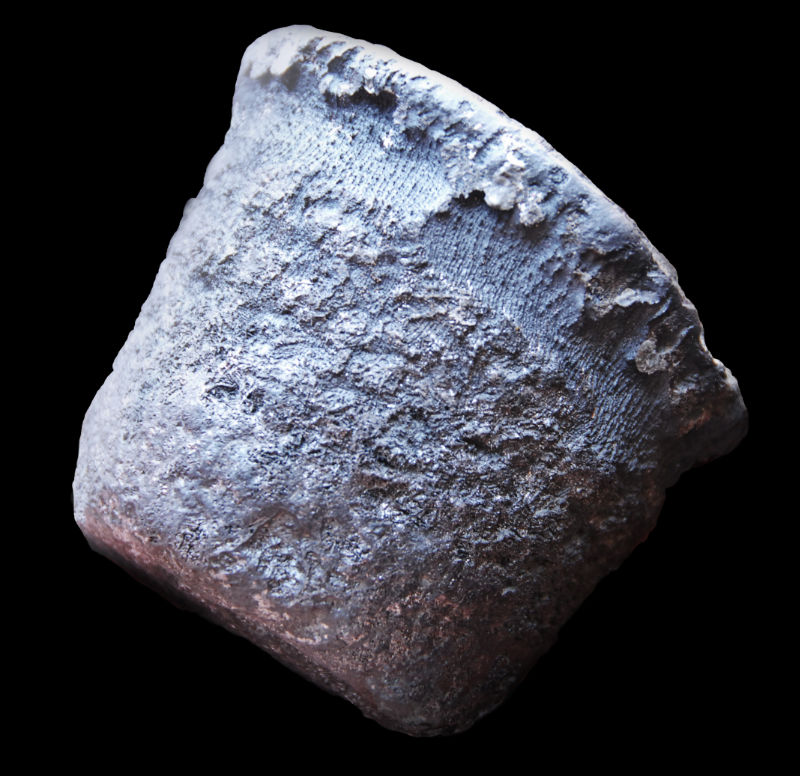It made its way to the quickly developing city of Damascus (Syria, then Persia). Thanks to this trading center Wootz started to be called Damascus steel and Europe got to know about it thanks to expeditions of Alexander the Great. Wootz become famous because swords and sabers made of it were exceptionally sharp and resistant. There were fascinating yet scary legends about candles sliced in half or helmets cut in two just with one slash.
THE LEGEND IS BORN


Wootz originated in India where it used to be manufactured between 1000 – 500 b.c. (different sources give different dates).
Sadly, technology how to manufacture Wootz has never reached Europe. Around 500-700 years ago it fall into oblivion and Wootz as such disappeared. The city of Damascus stopped selling Wootz in favour of white weapon made of pattern welding steel. Although it was a completely different material it was referred to us Damascus steel, and – to this day – layered, pattern welding steel is known as Damascus steel.
Every now and then people tried to recreate Wootz steel but it was not until the beginning of the 19th century when Russian metallurgist Paul Petrovich Anosov successfully brought back to life steel very similary to legendary Persian and Hindu steel. Further successful attempts and publications are more recent (the 20th and 21st century), published mainly by experts like Verhoeven, Sherby or Wadsworth.
Nowadays, Russia is considered to be the cradle of research and production of Wootz. Contemporary Wootz is probably not exactly what is was back then in India or Persia yet the best smiths are able to swell exceptionally flexible and hard Wootz that can take much more then any heavy-duty steel. Unfortunately, due to hight costs and time consumption, not many smiths are eager to make Wootz steel. The best quality Wootz knives are then unique on a global scale.
